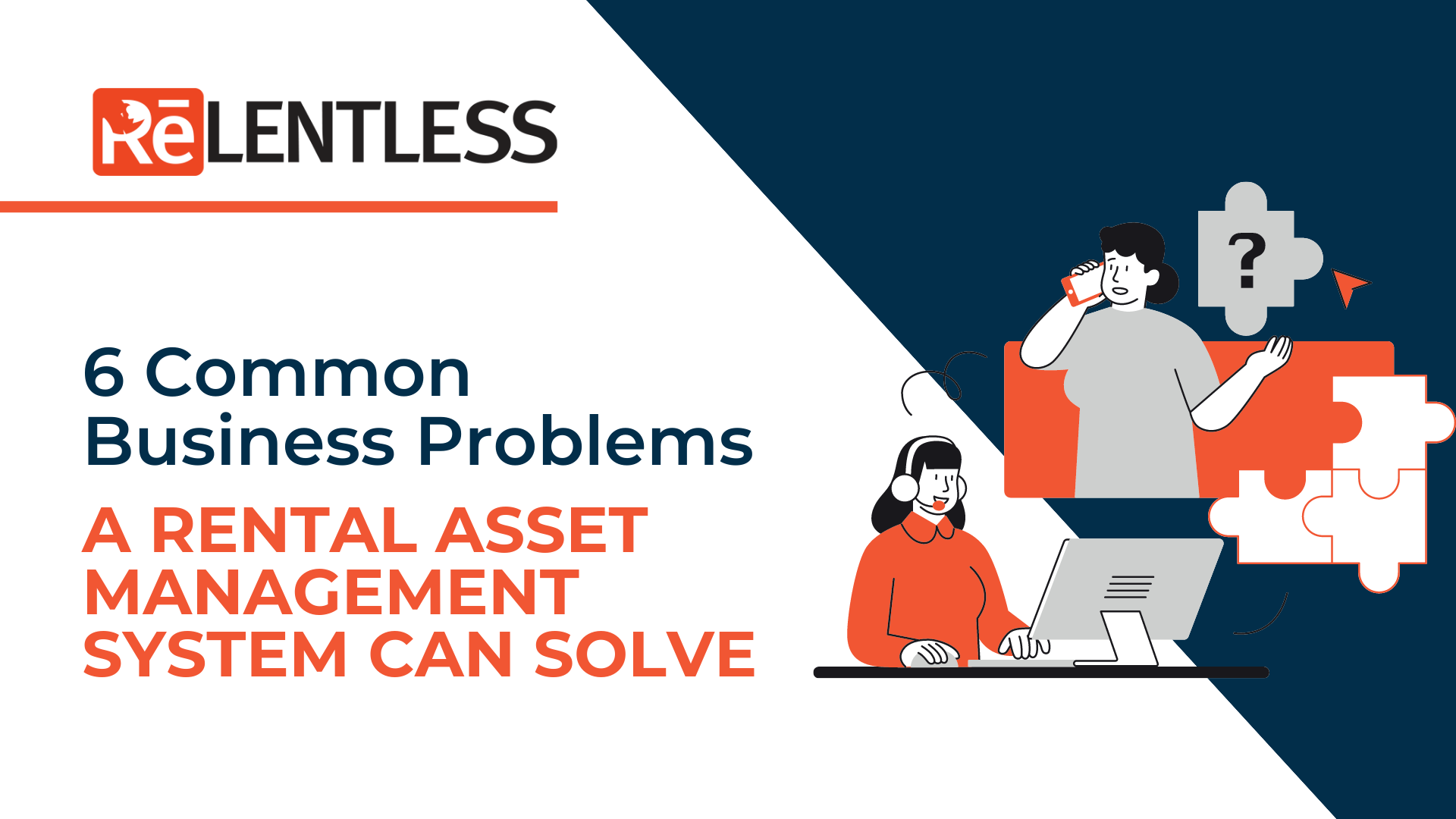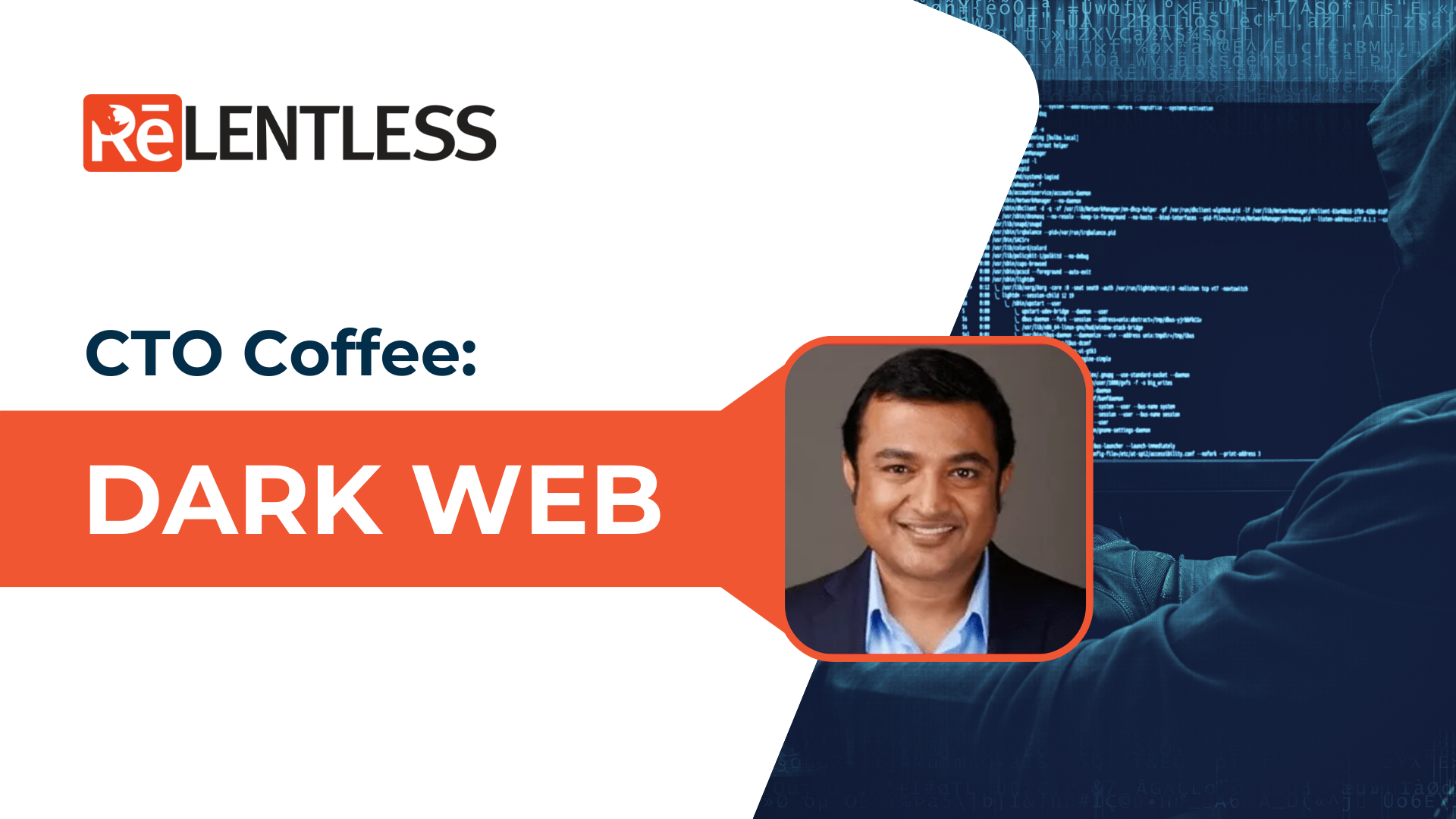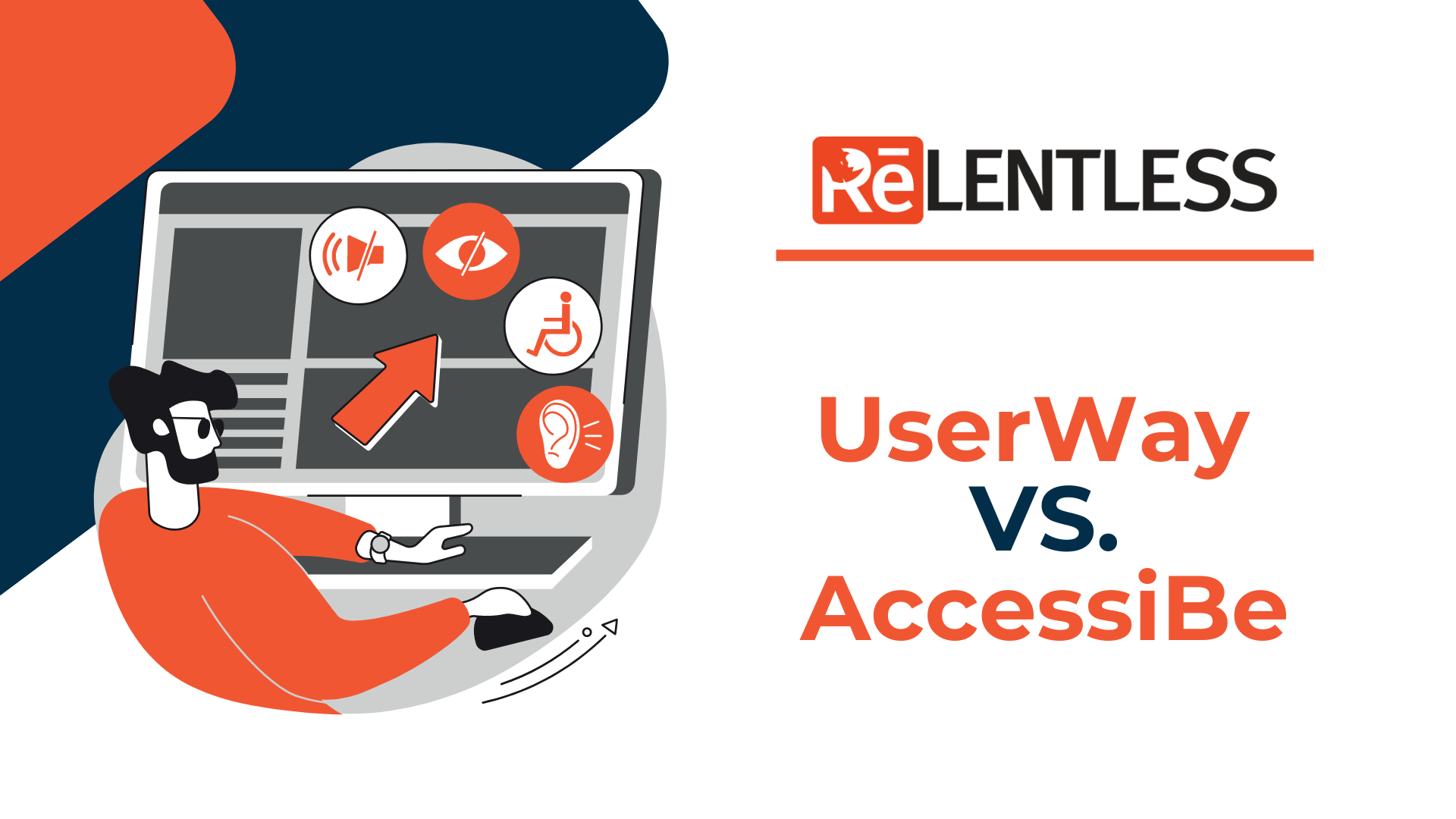Having a rental asset management system has a significant impact on the way a rental company does business daily. It can automate various tasks that usually add up and consume time. Companies that use their homegrown system to track assets can compromise productivity due to being prone to manual error, which can inevitably result in fewer rental sales and revenue.
What Common Business Problems can a Rental Asset Management System Solve?
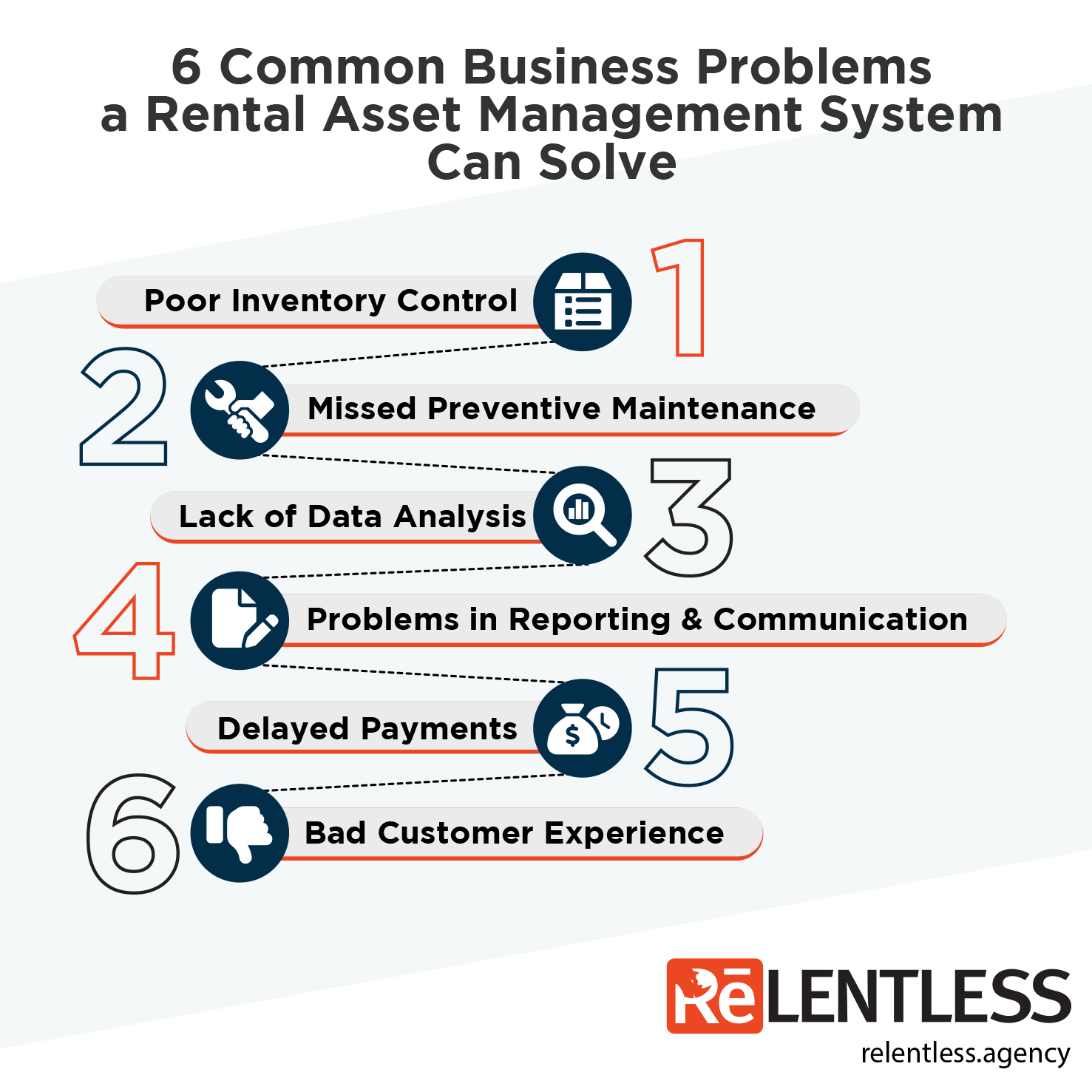
The idea of having a system do some tasks for you is why companies switch to a more innovative approach in rental asset management. Although a few companies might not entertain the need for transformation due to being used to an old but working manual legacy system, applying automation through rental asset management software can solve many business problems such as the ones indicated below.
Poor Inventory Control
Without dedicated software to track your inventory, employees need to manually check if you have sufficient inventory on stock. By having a rental asset management system, there would be no need to physically check the asset because a dashboard will be provided to track logistics and current stocks on hand.
The system can also enhance your procurement process by centralizing vendor information, making it easier to purchase new inventory, repair parts, or acquire other services needed for maintenance.
Labeling and tracking assets can also be made more accessible by applying asset tagging technology such as barcodes, RFID, QR codes, NFC, etc. Asset tags are unique identifiers for your system that can be used to track its historical data such as the number of times rented, maintenance schedules, precise asset location, and other information.
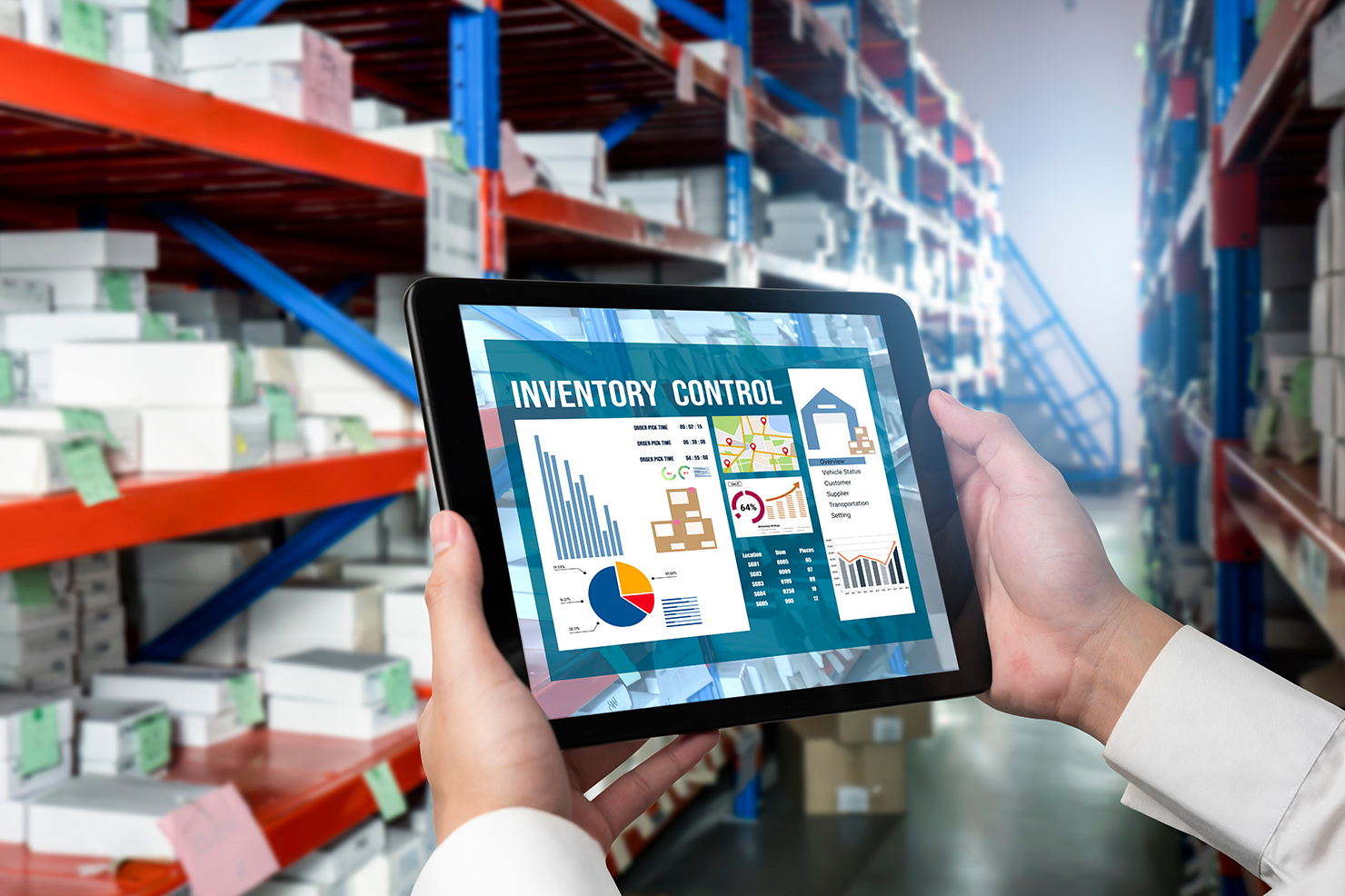
Missed Preventive Maintenance
With your assets being rented out continuously, they are subjected to a lot of wear and tear. Failure to do routine maintenance can result in asset failure, unplanned downtime, and decreased productivity.
A rental asset management system can track the servicing and maintenance schedule of all relevant assets; this enables your company to apply preventive maintenance instead of reactive.
Automating the maintenance schedule can extend your asset’s life cycle, increasing its overall productivity. The software can also create work orders and assign maintenance tasks that enable your employees to act on time whenever scheduled maintenance is due.

Lack of Data Analysis
Simply said, data analysis is important because it helps with optimizing business performance. The lack of data analysis can occur due to the absence of raw data. For example, if you would like to know which age demographic rents a DSLR camera, you would need client information consolidated in one clean report. If you have been doing business manually, it would be a pain to go through all the ledgers and gather this information.
With a rental management system, you would be able to improve your business operations by recording and analyzing critical performance data. All the real-time information being recorded can be generated by your employees based on various factors such as asset values, utilization, depreciation, and retirement which will help you make key business decisions.

Problems in Reporting & Communication
Keeping track of your most rented asset and being up-to-date about its condition can be challenging, especially if you have a vast inventory. You can accurately extract a customized report through a system within seconds of your request.
There are also times when you need an immediate report to steer the company in the right direction. Reports can be generated based on employee interaction with an asset, leading to more transparency across your business. Staff performance reports can also be created to generate a list of all employees and assets that are assigned to them. With a staff performance report, employees can be held accountable for the assets that are in their care.
A constant sense of accountability and direction is important for your organization. By using a rental asset management system, employees can do their tasks on time and better take care of the assets assigned to them.

Delayed Payments
If there’s one thing that any business owner dislikes about the manual process, it is dealing with delayed payments. Although delayed payments are common in any type of business, having a rental asset management system can significantly decrease the risk by applying various methods.
An effective rental management system enables you to charge credit card payments at your POS terminals, making online transactions easier and quicker for customers and your employees.
When dealing with recurring payments, the system can automatically bill your clients instead of an employee manually pushing the bills every time. For the convenience of your customers, you can set up automated billing reminders and other online payment options through the system.

Bad Customer Experience
More consumers are getting used to online transactions, and the absence of convenient ways to access your service can lead to a bad customer experience and lost opportunities.

If you have an online eCommerce storefront, it can be linked to your asset management system and gather information from your customers. You can use customer engagement tools to receive feedback, offer real-time support, and resolve consumer complaints at the first touchpoint.

